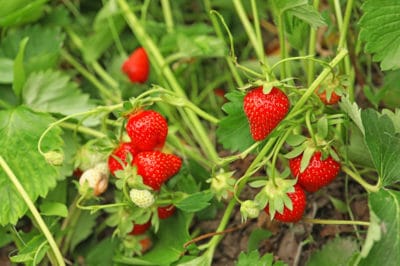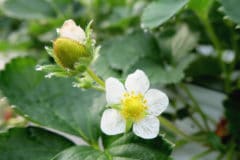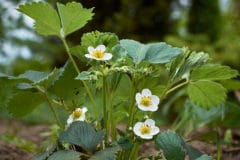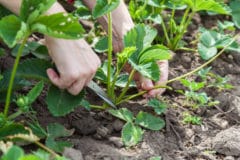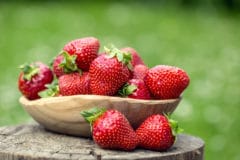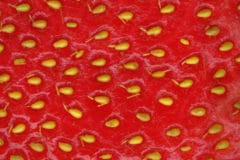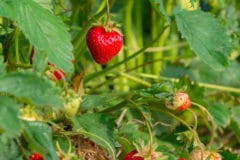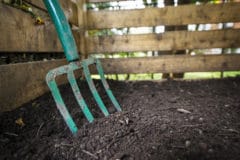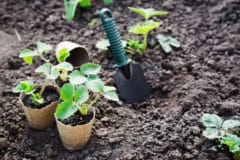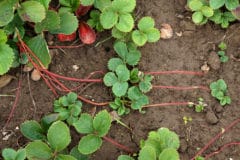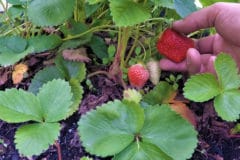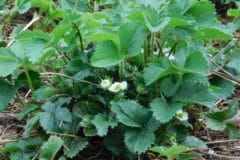About Strawberries
Strawberries are perennial plants that spread primarily by developing runners and can be grown in most USDA Zones. In the wild, this means the patch gradually expands outward, while older plants in the center die off. Some gardeners allow the row to travel across the garden, while others replace the plants after a few years. Still, others plant a new row each year, harvest the old row and then turn it under.
Strawberry Types
Domesticated strawberry plants are available in three types. Each fruits differently. They are:
- June bearers – Sensitive to day length, these develop buds in autumn and fruit the following spring.
- Everbearers – Long summer days and short autumn days promote two bud sets; the plants bear fruit in spring and summer.
- Day-Neutrals – these will flower and set fruit continuously with temperatures between 35 and 85°F (2 and 29°C).
The Speed of a Strawberry
Most strawberry plants will grow to about 12 inches in height. It takes about two months for an established plant to reach that height from the moment it breaks dormancy in the spring. A newly planted seedling will take about six months to reach that same height. It takes about two or three weeks for strawberry seeds to germinate, and then an additional six months to mature.
Growing From Seed
Strawberries can be grown from seeds, although most gardeners don’t bother as it may take up to two years for fruit. However, if you are trying to hybridize strawberries, are concerned about spreading disease from your current plants, or just want a challenge, you can try it. You should cold stratify for three or four weeks before sowing the seeds. Start seeds in December to plant seedlings in early spring.
Fall Planting
If you buy plants from a grower or nursery, they are often available in the fall. Planted in early fall (in mild climates), these strawberries will become well-established and may bear some berries the next spring or summer, depending on what type they are. However, pinching off the blossoms will allow plants to develop runners and fill in the bed for a much larger harvest the next year.
Spring Planting
You can also plant in spring about six weeks before the last spring frost. In this case, you must pinch off blossoms, as otherwise the plants will not develop properly and future crops will be much smaller. If your variety is one of the more vigorous types, you should also pinch off about half the runners. This promotes a much better crop the following year as energy goes to the mother plant.
The Matted Row System
Some gardeners plant seedlings and simply let them grow until they fill the bed. Although they pinch off blossoms the first year, they don’t pinch off runners. The second year, all of the plants in the bed will produce berries. A matted row system tends to work best with strawberries that make lots of runners. You get no berries the first year, but lots of berries the second year.
June Bearing Strawberries
June bearers are the most common type grown. This group is classified into early-, mid- and late-season types. The plants typically bear over two to three weeks. Blossoms appear in April and fruit appears four to six weeks later. Early types bear fruit for about 14 days, followed by mid-season types about a week later and late season types two weeks later. Select multiple types for the longest harvest.
Everbearing Strawberries
Everbearers actually have two main flushes of blooms and berries. A few varieties may produce a third crop. Once day length reaches 12 hours, the plants will begin to set flower buds. Buds that develop in late spring and early summer become the berries for the later summer and fall crops. Buds that develop in late summer and fall produce berries the next spring.
Day-Neutral Strawberries
These plants are dependent on temperature rather than day length. As long as temperatures remain within their desired range of 35 to 85°F (2 to 29°C), they will set buds and, about six weeks later, produce fruit. They are not as productive as June bearers and do better in a maritime climate. Once temperatures rise, they stop producing for the year.
